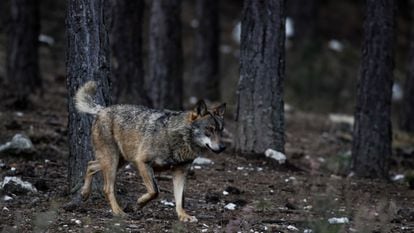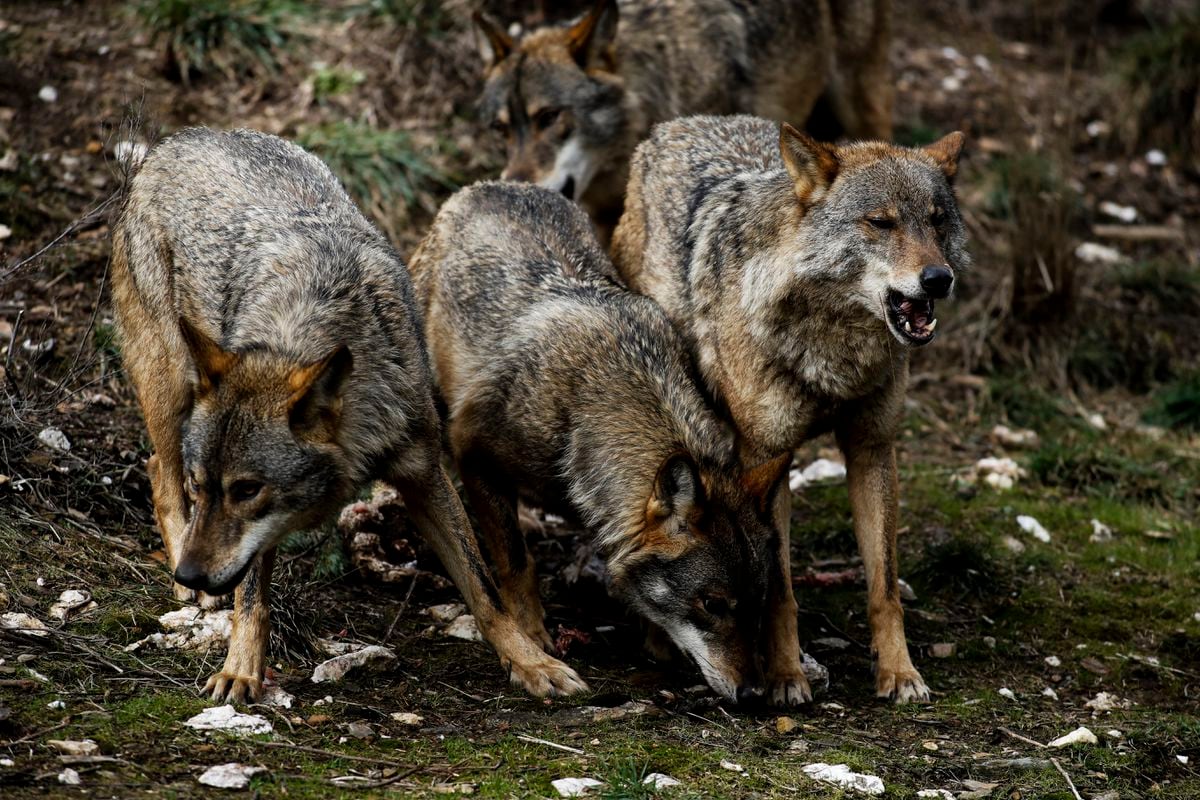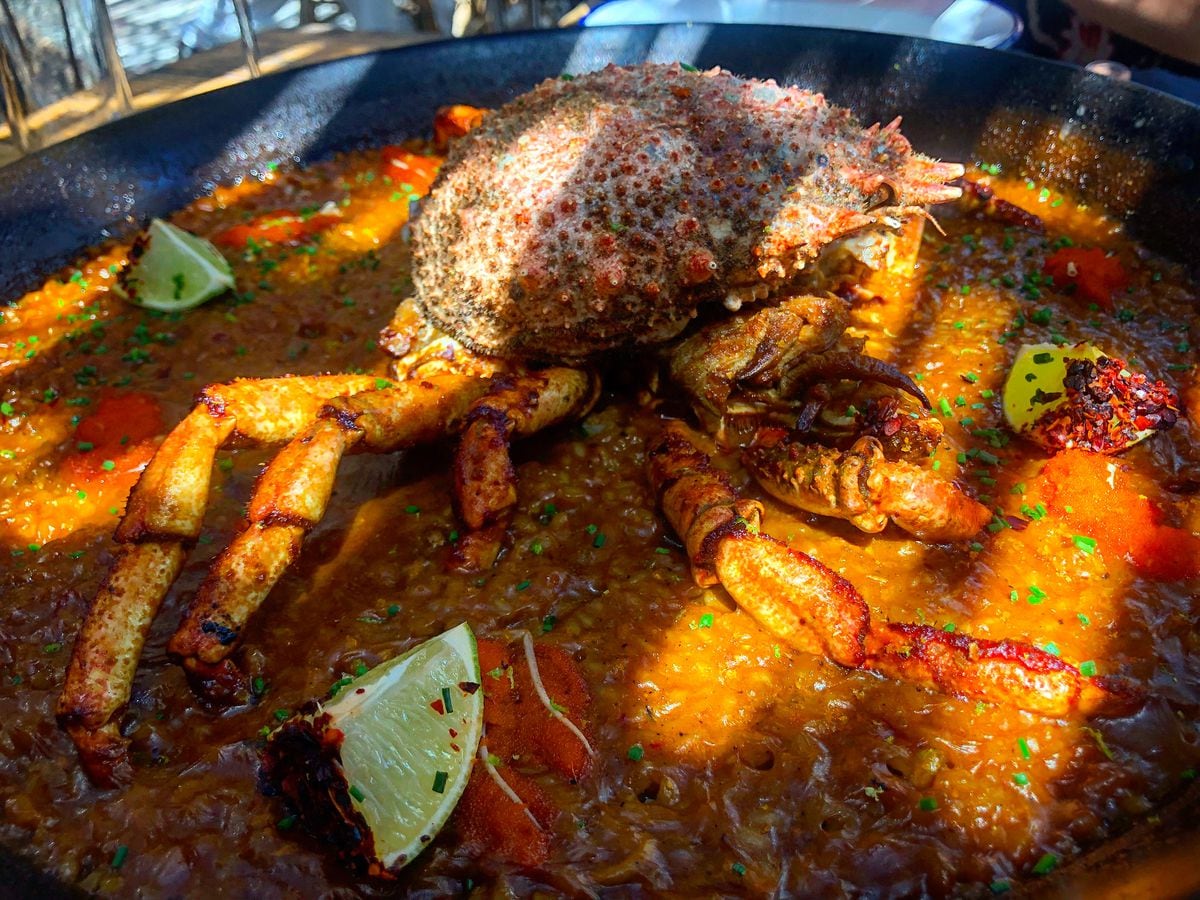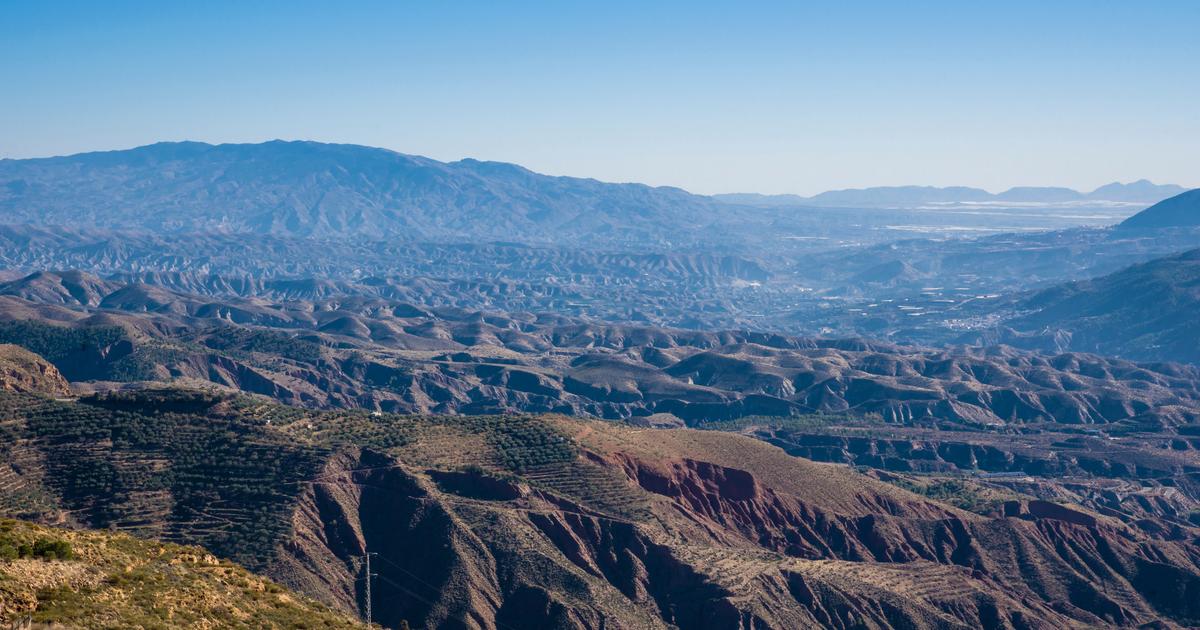Faced with an ecological disaster such as the fire in the Sierra de la Culebra, one of the most devastating recorded in Spain with nearly 30,000 hectares burned, it is too simplistic to focus on a single species.
However, this unique enclave in the west of the province of Zamora was known until now inside and outside of Spain, above all, for the high concentration of Iberian wolves.
"The Sierra de la Culebra has a worldwide name, it is a reference site," explains Vicente Palacios, an expert biologist in these carnivores and a resident of a town in the area, Villanueva de Valrojo, who claims not to fear so much for survival. of these predators as by the economic and social model around nature that had been created in this place.
The passage of the flames has left a gloomy landscape of black earth and charred trees, in which there is no trace of animals, which have fled from the fire.
"Wolves rarely die in a fire," says Juan Carlos Blanco, one of the country's leading specialists in these canids, who claims to be "horrified" by what happened.
Although this enormous fire has occurred when the young of these animals are barely a few weeks old, this biologist is not particularly worried about the fate of the predators, but he is about all the people who live here from nature, a treasure that has now become in ashes
“It is a disaster for the Sierra de la Culebra, for nature tourism and for wolf tourism,” he stresses.
As Palacios details, the Sierra de la Culebra is a territory of about 600 square kilometers, used by about nine or 10 packs of wolves.
It is not that the animals are all concentrated here, but that they move through some part of this space, along with other adjoining preserves.
In reality, these predators are very territorial, the different herds being distributed over very large areas, about 150 square kilometers.
So despite the sheer scale of the devastation, biologists estimate that the burned area of some 30,000 hectares (300 square kilometers) may affect as many as three or four herds.
An Iberian wolf in a file image.Luis Sevillano
Before the fire, many people came here to try to see wolves, this type of tourism, along with rural accommodation and hunting, being one of the main economic activities.
From an elevated area, Javier Talegón, from one of the associations specializing in the observation of these animals, Llobu, traces the devastated area with his binoculars.
He hasn't seen wolves in days.
"There are at least three or four breeding areas affected by the flames," says this biologist, concerned about the fate of the canids.
Normally they have escaped, but newborn pups are difficult to move and it is possible that some have died.
More information
Video |
This was the Sierra de la Culebra before the fire, the worst fire in Castilla y León
Although the wolves have the ability to move and flee from the fire, Talegón affirms that they can collide with other packs that protect their territory from the arrival of new wolves.
Wild boar, roe deer, deer and other fauna that serve as food for these saved mammals will also be harmed by the fire, with the consequent "loss of diversity, shelter and food" throughout the food chain.
“We could never quantify how much damage it has done,” laments the expert dedicated to the observation of these animals, who points out that the ashes can soon reach the surface and groundwater of the place and damage the pH and, therefore, aquatic life. from the mountains
A study by the Ministry of the Environment concluded that some 3,000 people annually come to this place to observe wolves and thereby generate an impact of 1,
It is estimated that in Spain there are about 300 packs of wolves, which can include between four and eight copies, depending on the pups that there are at any given time.
These predators, whose hunting has been prohibited in the country since September 2021, are still a cause of conflict in many places, due to the damage caused to livestock.
However, until the arrival of the fire last Wednesday afternoon, the Sierra de la Culebra had become an example of coexistence with predators, much better tolerated than in other wolf areas due to the tourism it attracted and the income they left. .
"More than the fact that X specimens have died, I am concerned about how this is going to be rebuilt in the coming years so that what has been achieved is not lost," Palacios points out.
The burned extent has yet to be confirmed and all damage from this fire caused by lightning and spurred on by high temperatures, low humidity and wind has yet to be assessed.
But the now black forest areas will take years to recover.
"It's devastating," laments the biologist from Villanueva de Valrojo: "I will never see this again as it was last week."
You can follow CLIMA Y MEDIO AMBIENTE on
and
, or sign up here to receive
our weekly newsletter
50% off
Exclusive content for subscribers
read without limits
subscribe
I'm already a subscriber








/cloudfront-eu-central-1.images.arcpublishing.com/prisa/2AC4BL5FVZE6NCYMPSWMZFWUSY.jpg)
/cloudfront-eu-central-1.images.arcpublishing.com/prisa/DXPUIGHRZZEKNMVHLDNKFJFAMY.jpg)





